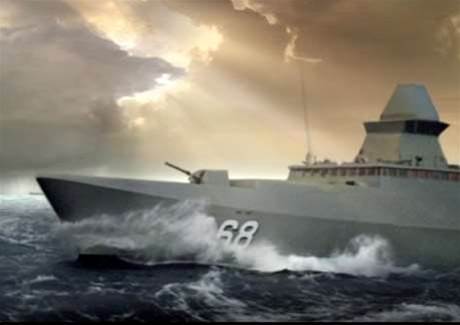The Department of Defence will roll out 500 Thales Trusted Thin Client devices by March for a three-month pilot under its Next Generation Desktops project.

The project will allow personnel to access multiple, classified networks from a single device, replacing the current practice of having separate machines for ‘restricted’ and ‘secret’ domains.
Personnel will choose from either accessing each domain on a separate monitor, or calling up domain-specific, virtualised applications from a single desktop interface using Citrix XenApp and Microsoft App V.
If the trial goes well, Thales will deliver some 90,000 devices as a managed service to the department by late 2014, five years after the project was conceived.
The Next Generation Desktop project was born from a 2009 ICT strategy report that identified a need to improve how Defence personnel accessed ‘restricted’ and ‘secret’ networks.
Defence went to tender for a supplier to overhaul its 115,000-seat desktop environment last April and shortlisted Raytheon, BAE Systems, Thales and HP in October last year.
Assistant secretary of infrastructure architecture Daniel McCabe told iTnews this week that it had selected a solution from Thales’ Raytheon Trusted Computer Solutions range.
For the Next Generation Desktop project, Defence will purchase new thin client devices to replace end-of-life desktops and install virtual thin client software on any hardware that will be reused.
Hardware is reused in accordance with Defence’s four-year desktop refresh cycle. Following the Next Generation Desktop project, Defence expects to replace its thin clients only every seven years.
McCabe said the new refresh cycle was aligned with Defence’s experience with thin clients in “a few small depots” over the past seven years. The devices tended to last longer as they had no moving parts, he said.
In a small-scale trial on a Navy ship, Defence found that by saving space, Next Generation Desktops stopped personnel from having to spend time putting away and retrieving various devices just to access a different network.
Along with the new cross-domain capabilities, the project will move Defence from Windows XP to the Windows 7 operating system. Microsoft will cease supporting Windows XP in April 2014.
Other commercial off-the-shelf software, including Office 2010, will be served from Defence’s data centres, which will be consolidated from 400 to less than ten under a Centralised Processing Project.
Defence expects to appoint a supplier for the multi-million dollar Centralised Processing Project in 2014, based on requirements of the Next Generation Desktops.
McCabe explained that Defence wanted to be running the minimum number of data centres that would still provide it with a suitable level of redundancy, business continuity and disaster recovery.
Thales will be expected to train Defence personnel on using the new thin clients, office suite and operating system. Defence will also provide computer-based training programs, McCabe said.
NICTA researchers have previously raised concerns that cross-domain security may be compromised by software bugs or human error but McCabe said Thales’ multilevel security (MLS) technology would block features like cutting and pasting text to different domains.
Thales’ Raytheon Trusted Computer Solutions had been accredited by US defence agencies and the Australian Defence Signals Directorate, he added.
When the trial concludes in June, Thales will be assessed based on user feedback, technical suitability and the level of service it provided.
A full-scale deployment will likely commence later next year, during which time Defence will also consider running the virtual desktop environments on tablet devices.
Last month, the department kicked off a trial of 80 iPads and 80 7-inch Samsung Galaxy Tab devices for taking notes and academic assessments at on-shore Army training facilities.
The tablet trial will conclude by mid-2012, McCabe said.
Although Thales had demonstrated running the thin client software on an iPad, McCabe said there were usability issues since Next Generation Desktops were designed for use with a keyboard and mouse.
“We are looking to take advantage of tablet computing and laptop computing,” he said, adding that mobile access to the Next Generation Desktops would be limited to the lower-level, ‘restricted’ domain.




_(20).jpg&h=140&w=231&c=1&s=0)
_(22).jpg&h=140&w=231&c=1&s=0)





 iTnews Executive Retreat - Security Leaders Edition
iTnews Executive Retreat - Security Leaders Edition











_(1).jpg&h=140&w=231&c=1&s=0)



